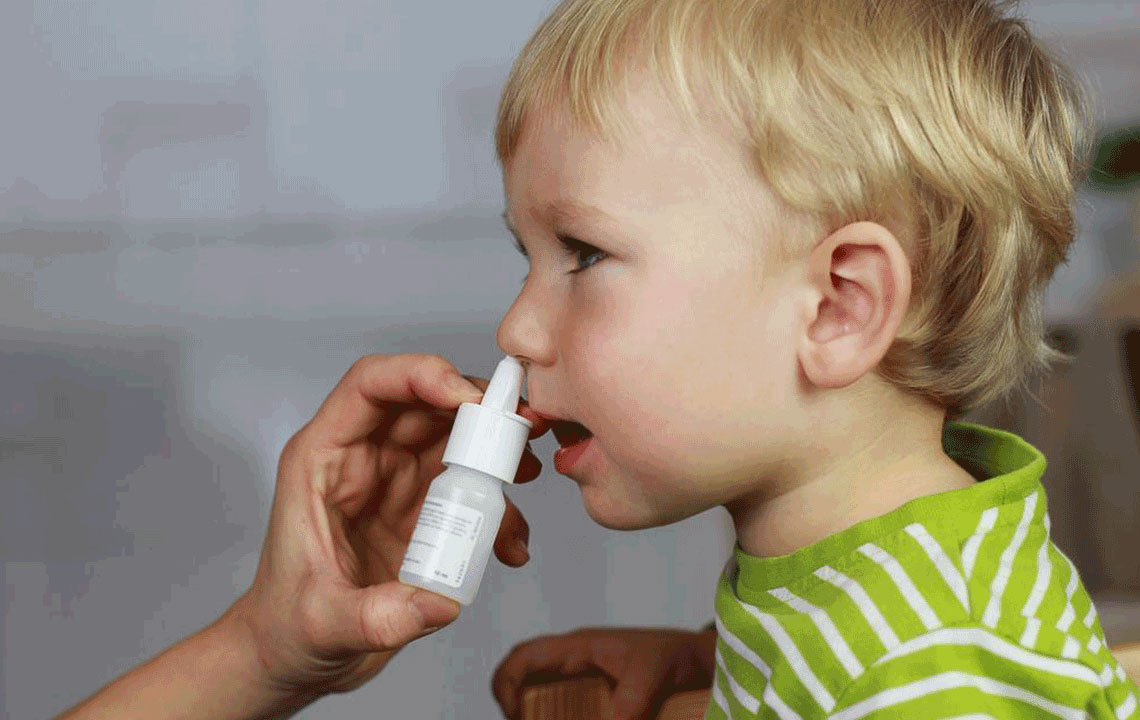10 Effective Ways to Seek Immediate Relief from Nasal Congestion

Our body is capable enough of protecting itself from disease-causing agents to a certain extent. The immune system is what keeps harmful agents at bay. However, there are instances when the immune system isn’t strong enough to keep the body from harm’s way. In such situations, the viruses and bacteria enter the body and wreak havoc and the result is that you are bed-ridden for a few days. What might begin as symptoms of a common cold can turn into full-fledged nasal congestion in no time.
Nasal congestion is a common ailment that affects children and adults alike. It causes a hindrance in breathing and worsens if left untreated. It starts as a normal common cold and, if left unchecked, can cause severe nasal congestion. Nasal congestion is a result of a variety of causes, but there are various treatments to relieve nasal congestion. If you wish to learn more about the same, keep reading.
Various causes of nasal congestion
Stuffy nose or nasal congestion occurs when the nasal passage is blocked. This blockage is the result of swelling of the membrane lining which is in turn caused by the inflammation of the blood vessels. In addition to causing great discomfort, nasal congestion affects the individual’s ability to breathe effortlessly. The common cold is usually the cause of nasal congestion, but there are a few other causes that are known to trigger nasal congestion. They are as follows:
- One of the common causes of nasal congestion is hay fever.
- Many times, a deviated septum is responsible for causing nasal congestion.
- People are usually allergic to certain substances in their surroundings. When the allergy is triggered, it can also lead to nasal congestion, especially if it involves a runny nose and sneezing.
- Exposure to certain chemicals can lead to nasal congestion.
- At times, certain medicines are also known to trigger nasal congestion. If your body doesn’t react favorably towards these medicines, it reacts to it, and a collateral damage is a nasal congestion.
- Also, benign or non-cancerous tumors that appear in the nasal passages can cause nasal congestion.
Symptoms of nasal congestion
Before a disease becomes totally evident, various symptoms of the disease surfaces. These symptoms come in handy in helping determine which disease the person is suffering from. Even nasal congestion shows certain symptoms before it becomes fully evident. To receive timely treatment, you need to decipher the symptoms. So, here are some symptoms of nasal congestion which are indicative of the infection.
- Sudden sinus pain is related to nasal congestion.
- Stuffy or a runny nose.
- Swelling of the nasal tissue is a symptom of nasal congestion.
- An increase in the mucus build-up in the nasal passage.
Effective methods to relieve nasal congestion
There are various easy ways to relieve nasal congestion and some of them are as follows:
- Humidifier – A humidifier is an easy way to relieve nasal congestion. Increasing the humidity in the air can help clear the mucus build-up and can reduce the dehydration caused by nasal congestion.
- Fluids – Nasal congestion can leave you dehydrated. In such situations, the body needs more fluid. Fluids are quite effective in clearing the nasal passage and helps in the thinning of the mucus.
- Neti pot – Using a neti pot to relieve nasal congestion is not a new method, it has been practiced in different cultures. Inhale the warm saline solution from the neti pot and tilt your head to let it flow out from the other nostril. It is quite instrumental in relieving chronic nasal congestion and sinus-related problems.
- Decongestion nasal spray – This has proven to be quite useful in relieving nasal congestion. It helps in reducing the swelling of nasal passages and can dramatically reduce the sinus pressure and eases the stuffiness.
- Nasal saline spray – Nasal congestion leaves the nasal passage dry, and it causes more discomfort to the person. So, use a nasal saline spray which is nothing but salt water. This keeps the nasal passage hydrated and relieves nasal congestion.
- Garlic cloves – Garlic is known to possess anti-bacterial and anti-inflammatory properties, which makes it the perfect remedy to relieve nasal congestion. Chew on some garlic cloves or add these to the steam and inhale it. You will find immediate relief from nasal congestion.
- Hot and cold packs – One of the major causes of nasal congestion is inflammation of the sinuses. In such cases, you can use a hot and cold pack simultaneously. This reduces inflammation considerably and comes in handy in reducing nasal congestion.
- Change in sleep pattern – Nasal congestion is often caused by sinuses and the best way to control it is by keeping your head elevated. Use an additional pillow to keep your head elevated and control the sinuses.
- Hot water shower – A warm shower not only relaxes your tensed muscles but also works wonders in clearing the nasal passage. The steam ensures that the mucus build-up in the nasal passage reduces and facilitates easy breathing.
- Lemon and honey – Lemon and honey tea is known to relieve nasal congestion. It soothes the irritated nasal passage and reduces the inflammation. Also, you can keep yourself hydrated by consuming soups and herbal teas.


